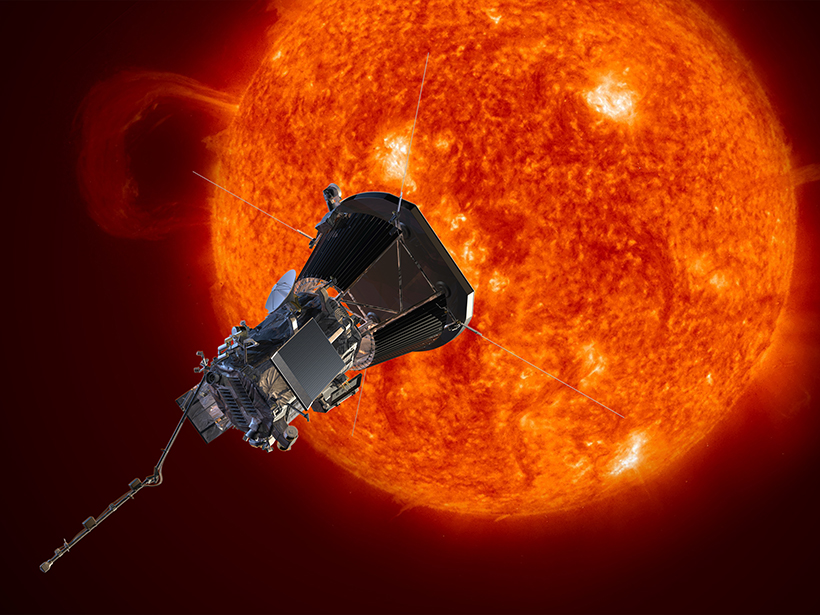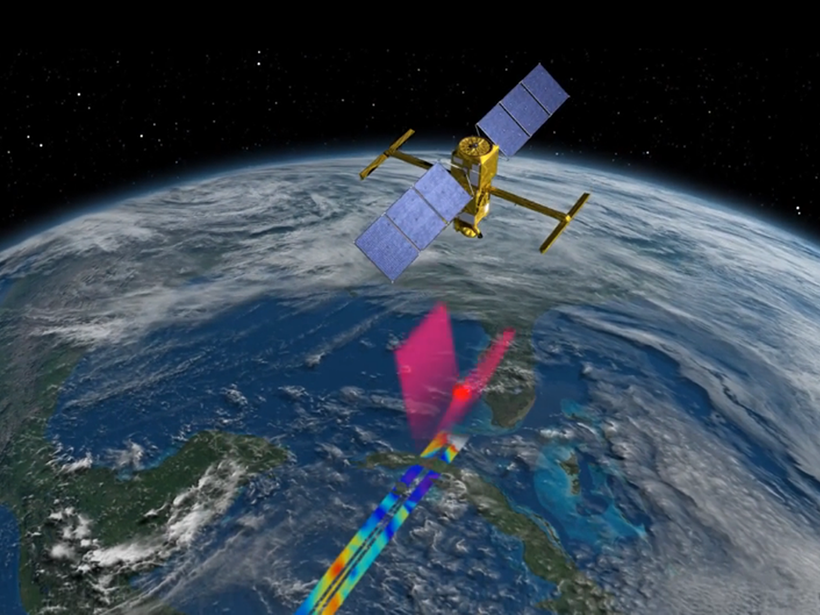NASA’s Plankton, Aerosol, Cloud, Ocean Ecosystem satellite mission, still in planning stages, operates with a framework that could serve as an example for science support of future missions.
NASA
Global Average Temperatures in 2017 Continued Upward Trend
Even when the warming from El Niño is removed, 2017 ranks among the hottest years on record.
Erik M. Conway Receives 2017 Athelstan Spilhaus Award
Erik M. Conway received the Athelstan Spilhaus Award at the 2017 American Geophysical Union Fall Meeting Honors Ceremony, held on 13 December 2017 in New Orleans, La. The award honors an individual “for the enhancement of the public engagement with Earth and space sciences.”
Democrats Push NASA Nominee on Partisanship, Science Integrity
The nominee, Rep. Jim Bridenstine, tried to assure the committee of his support for science and his ability to manage NASA apolitically.
Democratic Leader Blasts Trump’s Pick to Head NASA
With Rep. Jim Bridenstine’s nomination hearing just days away, Sen. Patty Murray charges that his “denial of climate science” and opposition to equal rights “should disqualify him from consideration.”
Solar Probe Will Approach Sun Closer Than Any Prior Spacecraft
Technological improvements, including an advanced thermal protection system and innovative solar arrays, have helped to get this mission off the drawing board.
More Discoveries in the Cards from Defunct Comet Mission
A year after the end of the Rosetta mission, the real scientific fun begins.
NASA Fleet Helps Predict Space Weather
Using 8 years of data collected via spacecraft, scientists produce hindcasts of plasma eruptions from the Sun. These will help improve forecasts.
Cassini’s Legacy in Print
With over 750 papers published in AGU journals based on Cassini-Huygens mission data, three editors select some of the most noteworthy.
Putting Satellite Maps of Surface Water to Practical Use
2nd SWOT Application User Workshop: Engaging the User Community for Advancing Societal Applications of the Surface Water Ocean Topography (SWOT) Mission, Reston, Virginia, 5–6 April 2017









